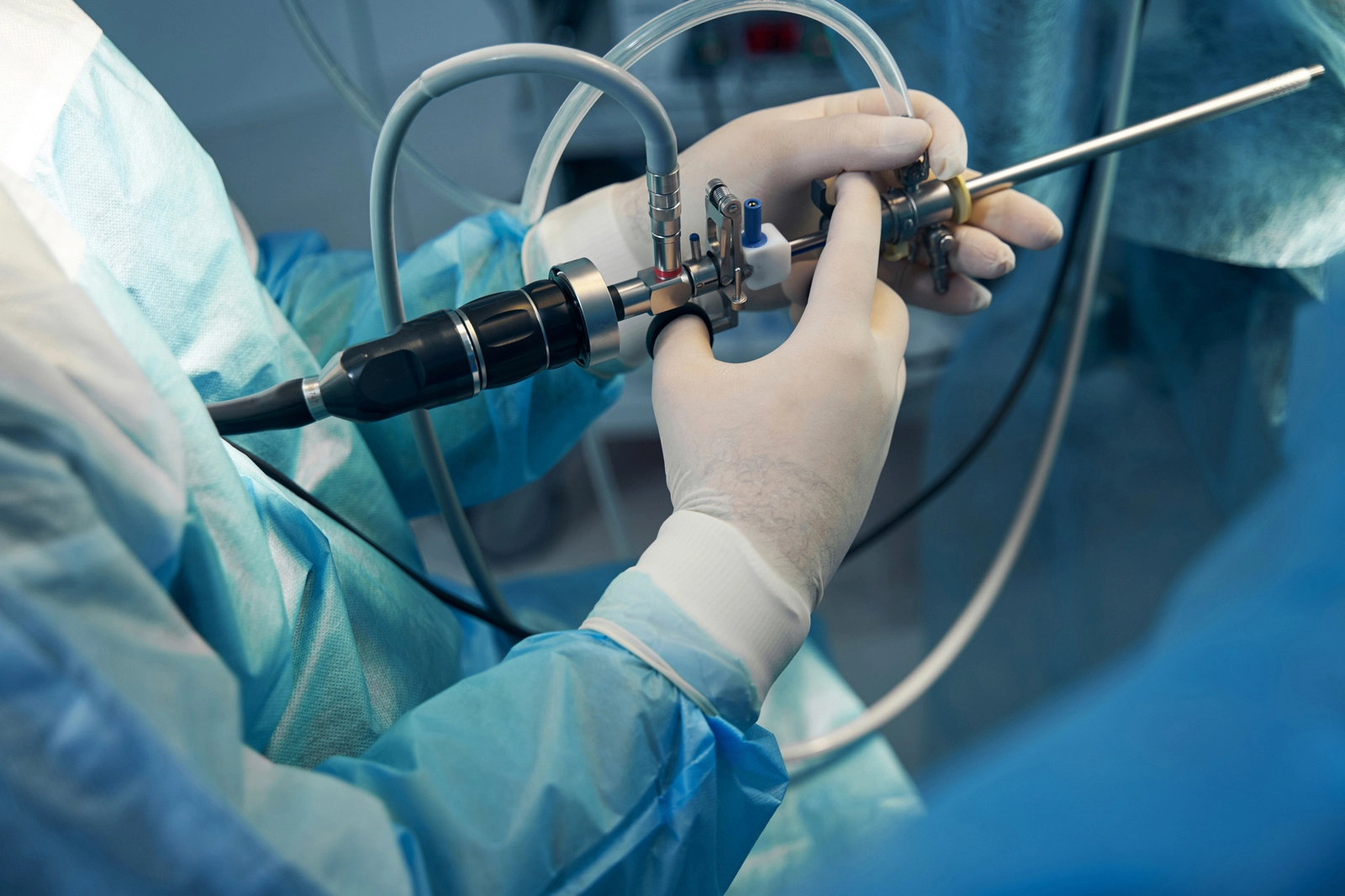Fields of treatment / Gynaecology and obstetrics / Removal of condylomata
Removal of condylomata
Condyloma removal is a medical procedure to remove genital warts that are caused by the human papillomavirus (HPV). These warts appear in the genital area and can cause physical and psychological discomfort. There are several methods of removing them, and the choice depends on the size, number and location of the warts, as well as the patient’s overall health. When condylomata occur, it is important to seek professional medical help to determine the most appropriate method of treatment and prevent further spread of infection.


Methods of condylomata removal:
Laser removal.
The procedure is minimally painful, performed under local anesthesia and does not require a bed stay. The advantage is fast healing without scarring and minimal risk of bleeding. This method is suitable for the removal of warts on the external genitalia.
Surgical removal:
it is performed under local or general anaesthesia, depending on the extent of the procedure. Bra-warts are removed with a scalpel or a surgical spoon, or with the use of an electrocautery. After the procedure, suturing of the wound and a longer healing period may be necessary.
Cryotherapy:
this method involves the application of liquid nitrogen to the warts, resulting in their "freezing" and subsequent death. After a few days, a blister forms on the treated area and the wart falls off. The non-advantages may be the need for repeated sessions to achieve complete removal and the risk of infection.
Topical pharmacological treatment:
the use of creams or solutions containing active ingredients that destroy warts or stimulate the immune system to remove them. This treatment can take several weeks to months and requires regular application. It is suitable for less extensive lesions.
After the procedure:
after removal of condylomata, it is important to follow the doctor's instructions regarding the care of the treated area to minimize the risk of infection and promote healing. Because the papillomavirus can remain in the body even after the visible warts have been removed, it is possible for them to reoccur. Regular medical follow-up and, in some cases, HPV vaccination is recommended to reduce the risk of recurrence.